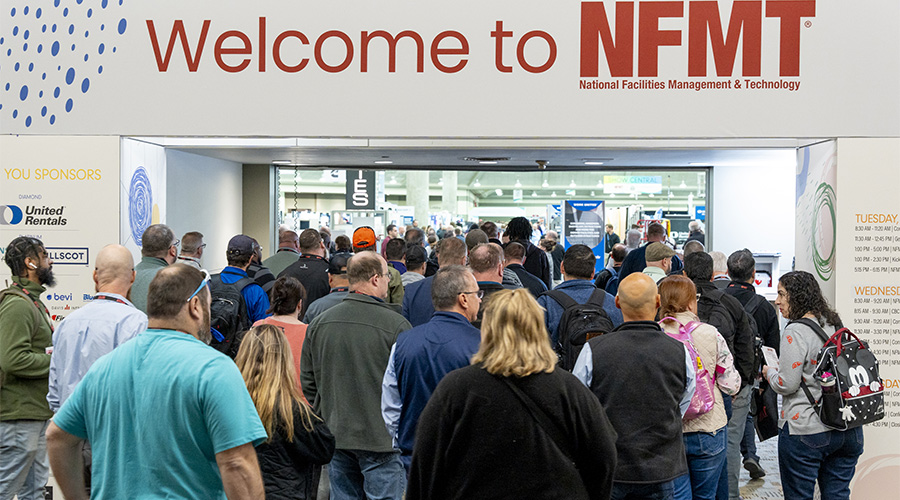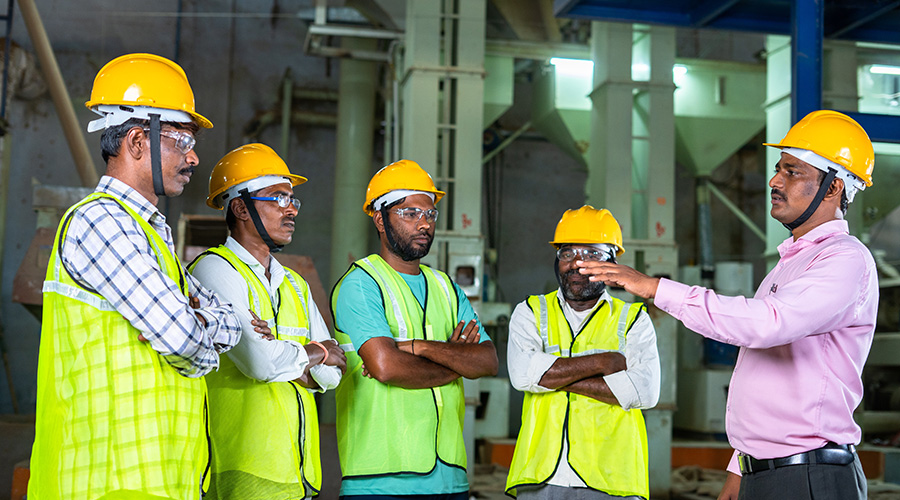Why a Facility Master Plan Is Crucial to Long-Term Proactive Maintenance
Creating facility master plans, long-term OpEx and CapEx plans, and creating KPIs to measure your success are all important steps for moving maintenance from reactive to proactive.
As we round third and head for home in our discussion of how to move from reactive to proactive maintenance, we’ll look at creating a variety of plans to keep your long-term facility goals on track.
Step 8: Create or Review Master Plan
Every facility site should have a long-term Facilities Master Plan (FMP). The FMP is critical to planning capital improvements strategically and in a fiscally responsible way. It is tragic to see hundreds of thousands or even millions of dollars spent on capital improvements, only to tear it out a year or two later, just because of inadequate planning. If you have an FMP in place, make sure it is current and that you review it and use it to inform your capital planning and budgeting. If you don’t have an FMP, start the process as soon as possible.
The FMP affects a business at many levels, so there will be a lot of key players involved in the process. It will most certainly include management at the executive level, and the board of directors, if there is one. No to mention the involvement of many others, whether directly or indirectly, like city Planning & Zoning committees. Sometimes even the public gets a say. The most difficult thing about Facilities Master Planning can be the sheer volume of opinions that have to be dealt with before getting to a consensus, although this is not always the case.
Step 9: Create 5-Year OpEx and CapEx Plans
Most of this step is already done at this point. Creating a five-year plan is just a matter of compiling, from all the previous steps, the work and projects that you plan to complete in the next five years. This includes the items from the Work Backlog in Step 1, resources required for the Preventive and Reactive Maintenance Plans, the Capital Replacement Plan, and projects from the Facilities Master Plan. The 5-year plan consists of Operational and Capital budgets (projects placed in their respective budgets), a schedule showing the approximate timeline of when major projects will happen, and strategies for accomplishing it all.
Step 10: Control Plan
Finally, what good is it to go through all these steps if you don’t hold on to what you have achieved? You need to develop a Control Plan to retain your gains. Basically, this consists of standardizing all of the new processes with SOPs, using KPIs to monitor and report regularly on current status, and putting control checks in place.
Standard Operating Procedures (SOPs) must be very clear and simple, or they will inevitably be ignored and forgotten. For processes involving a series of steps, I like to create SOPs in the form of a flow chart so that it is visually very easy to follow. Procedures should be stored where the right people can access them easily (digital or paper). They should always have a latest revision date so people know they are working off the correct version. A few of the processes in these 10 steps that should be captured are work orders (expectations for processing incoming requests, scheduling, category tagging, prioritizing, tracking time, closing out), how to use and update FCA data, and when and how to update the five-year plan.
Set up a dashboard in your CMMS to track Key Performance Indicators (KPIs), like proactive work orders vs reactive, work orders complete vs work orders created in the past 90 days, Facility Condition Index (FCI), percentage of work orders completed on time, median manhours per work order, number of work orders per building or site, hours logged in each work order category, work order costs, and any other metrics you find useful. The important thing is to find metrics that work for your organization’s specific objectives. If they are not helpful, don’t use them. Having the wrong KPIs can do more harm than good. Compare these numbers against benchmarking data to see how you measure against other similar companies in your industry. This can give you a sense of how things are going, any glaring areas for improvement, and help you establish best practices or KPI targets. The bottom line here is that you can’t manage what you don’t measure, so know your numbers.
Conclusion
Reaching the end is not the end. After completing all 10 steps, there will always be a need to return to each step periodically to update, adjust, and improve. Continuous improvement is the name of the game — always seeking incremental improvements is an ongoing cycle of positive change.
This 10-step plan has been developed over the course of 20 years of experience. But keep in mind there is no one size fits all approach. Adjust the plan to what works for you. But as you develop your plan for turning your facilities into well-oiled machines, remember to have a long-term vision and strategy. Find ways to tie systems and process together and optimize your efforts. By doing so, you will save enormous amounts of time, money, and headache. Creating this integrated facilities management structure is a huge investment of your time, but stick with it. It will make your job so much smoother and will be well worth it in the end.
Josh Sylvester is director of facilities for Thanksgiving Point.
Related Topics:














